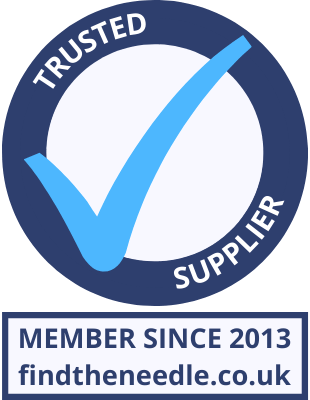 Add My Company
Add My Company
Sign In
Voidfill - Paper or Plastic - which is more effective?
Companies of all sizes often spend hours trying to discover and decide which is the best Voidfill option for them. Something plastic or something paper?
The truth is, it's simple - which produces the most volume as well as protecting the product? Let us explain...
Take a look.
As we all know, paper is a more eco-friendly option - hang on - is it?
Actually, paper is LESS eco-friendly option as it produces more CO2 during manufacturing, and the plastic options are 100% recyclable as well as being biodegradable (of course they are also made from 60% recycled content).
Also, plastic comes as a by-product from oil. If we didn't make plastic with that by-product of oil it would be disposed of and harm the planet.
What's the protective properties of each?
Paper:
Easy to fold around objects and can be torn/flattened wherever you want to suit your needs. Also tends to be more aesthetically (looks good) pleasing to the customer. Provides a good impact zone if the object was dropped, and doesn't pop!
Plastic:
Easy to fold, tear and interleave. Provides a very stable cushion of air to keep the product from being damaged, and a tough film limits the chance of the bubble popping in transit. Can be bought in single bubble or multiple bubbles per strip which gives you the flexibility to have it either as a "blanket" or a "cell". Variety of different sizes as well.
So, what about the technical stats?
What does each Voidfill option produce in the way of actual material that can be used to fill a box and protect the material around it?
PAPERplus Papillon - most common paper Voidfill, creates a fanfold padding - 280m in a box = 2.2m cubed of Voidfill
Airplus 200 x 300 - a common plastic Voidfill, creates a large single bubble cell - 1000m per roll = 11.11m cubed of Voidfill
Airplus 400 x 250 - a common plastic Voidfill, creates a 16 cell blanket of bubbles - 500m per roll = 5.5m cubed of Voidfill
Fastfill / Biofill - white, green or blue polystyrene chips often found in hampers (least expensive option) - 1 bag = 0.42m cubed of Voidfill
Outcome
It really comes down to one final decision. Do you want to be environmentally friendly and using sustainable packaging? Or are you making a decision to please customers? Maybe it's both?
There's not really a "right" answer as it comes down to your choice, but what we can tell, is that not all Plastic Packaging is as harmful as you think it is.
Plastic Voidfill is for you if you can see that it produces a lot more useable material and costs similar. Plastic is for you if you can see that actually it's got the least harmful manufacturing process as we are taking a by-product of oil - which needs to be used up - and turning it into plastic (if we aren't using recycled plastic). Plastic is for you if you can see that all your customer has to do it pop the bubbles, returning it to a flat pack material which is widely recycled.
Paper Voidfill is for you if you want to please your customer with what is a very nice looking Voidfill. Paper is for you if you like being environmentally friendly with your waste disposal (as all our paper Voidfill options are 100% recyclable). Paper is for you if you don't mind not being able to compact it after use for disposal. Paper is for you if the option of several different styles/colours suits your customer desires.
There's plenty of ways to fill your boxes, but take some time to think about the best way. Or get us to do the thinking for you - call us on 01892 839080.
For more information on Void Fill - What's more effective? Paper or Plastic? talk to Westmount Packaging Ltd
Enquire Now
List your company on FindTheNeedle.

